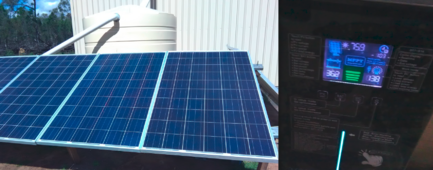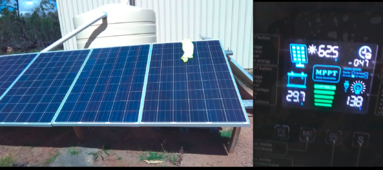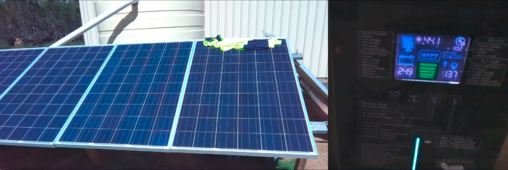adirondack_wanderer
New Member
I've been searching a lot to try and understand the reason for micro and string inverters and I see a lot of comparisons between the two types but I can't find anything that explains their purpose. Some things I have discovered as a benefit but not necessarily a reason for their existence:
- Micro inverters can help with the performance of an entire array of panels.
- Micro inverters can provide statistics on each panel and report things like how much power of panel generates.
- String inverters are generally less expensive but I've seen arguments otherwise when you factor in things like longevity and warranty cost.





